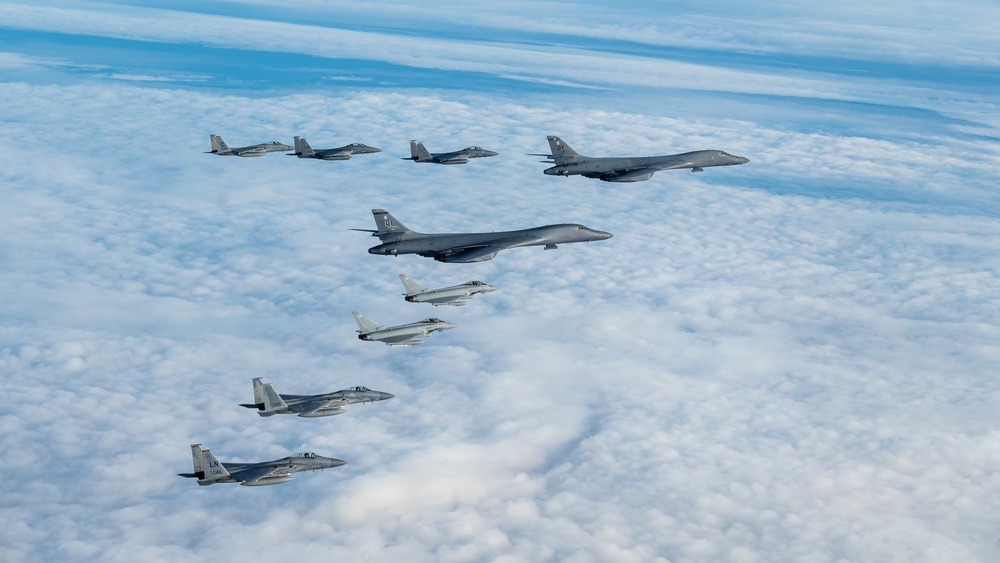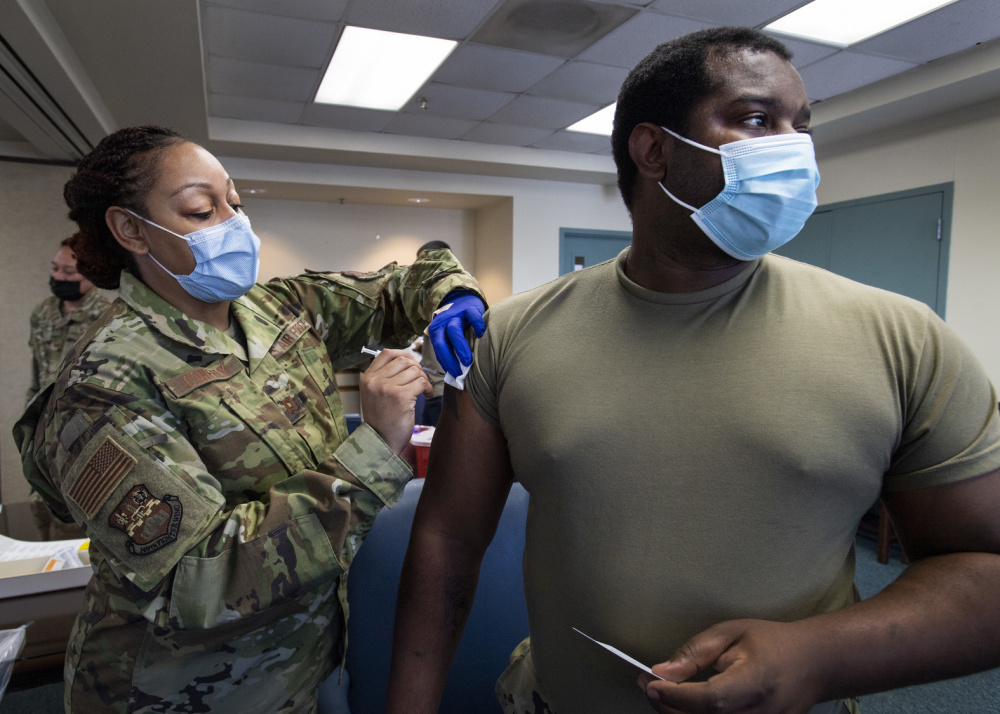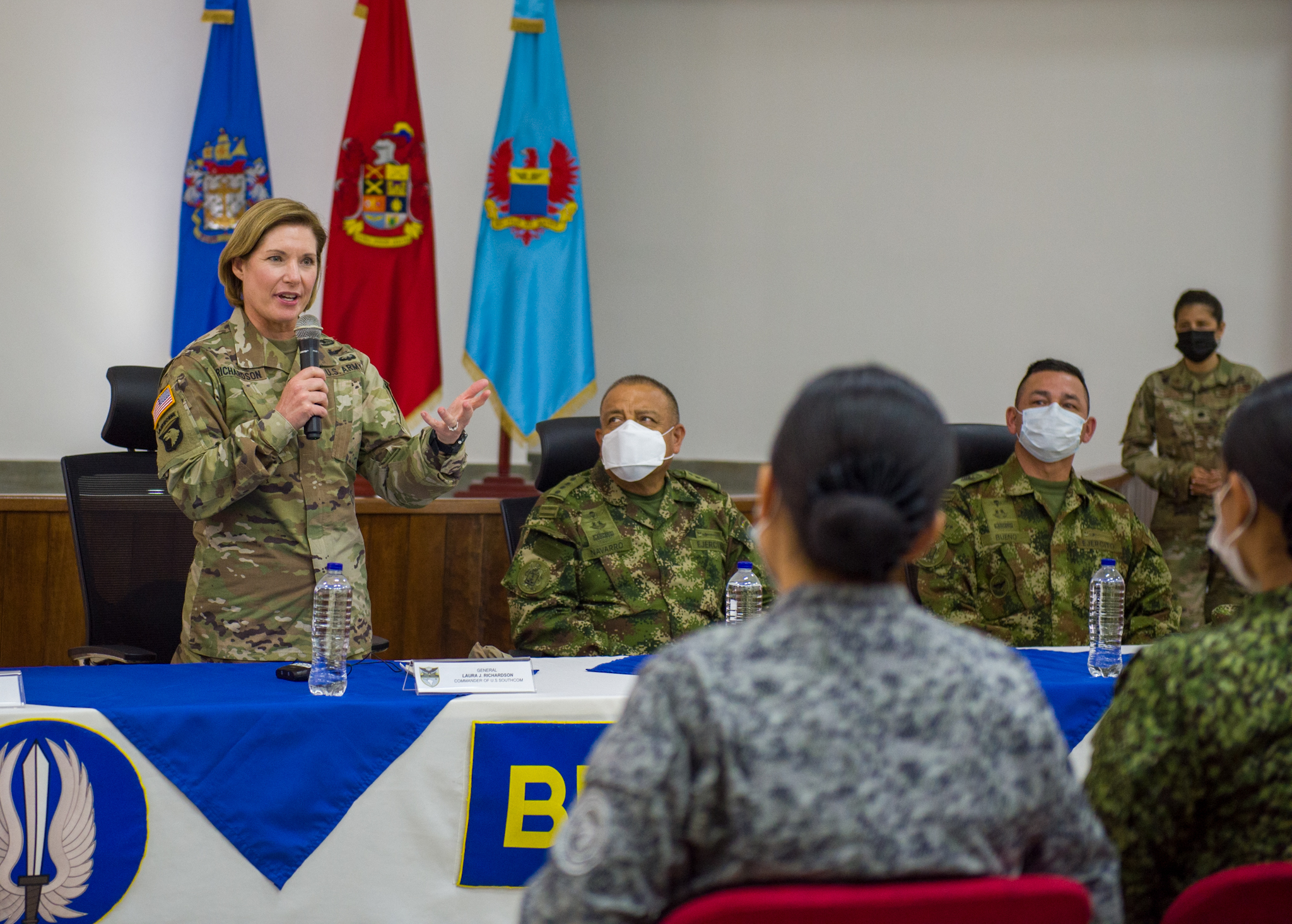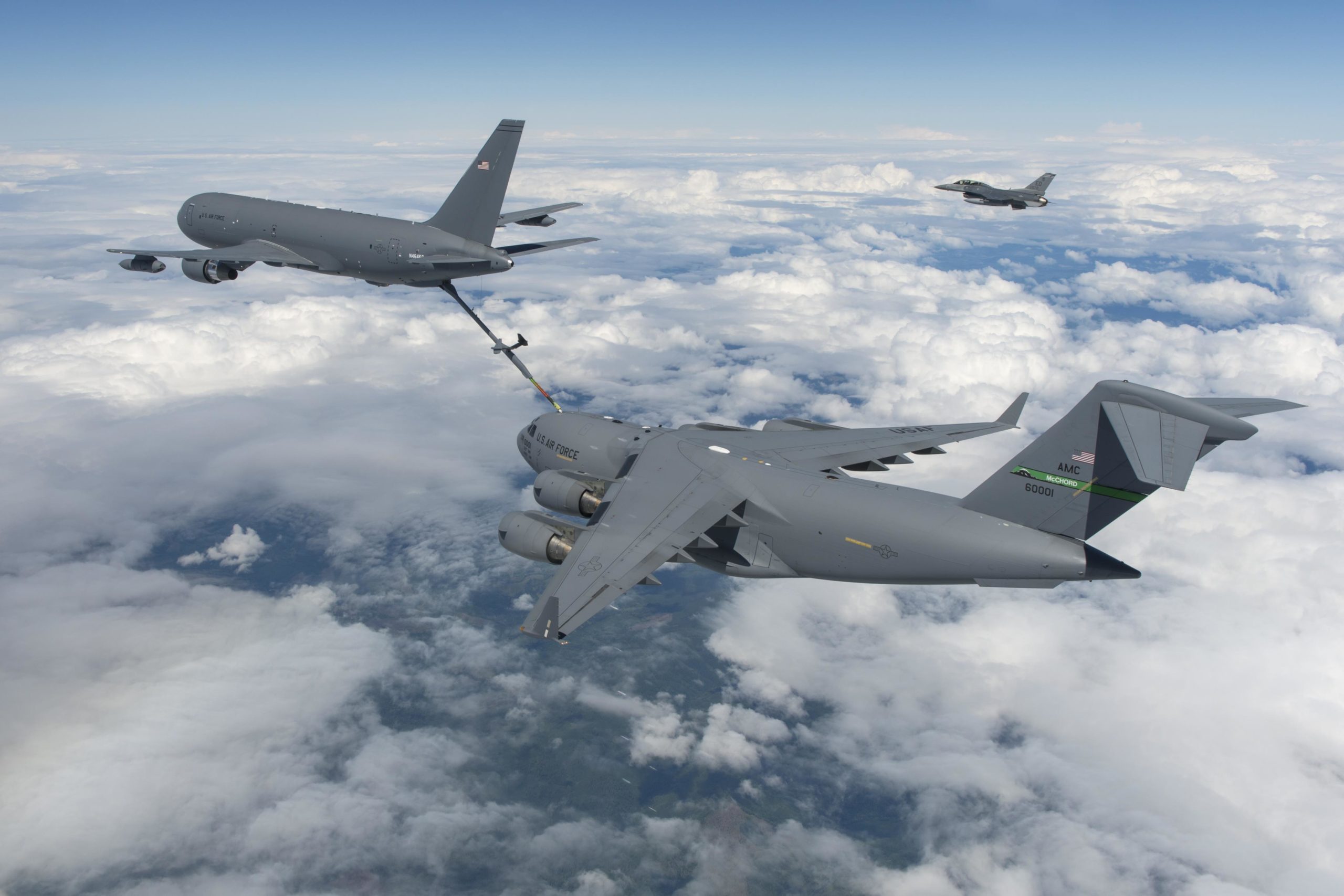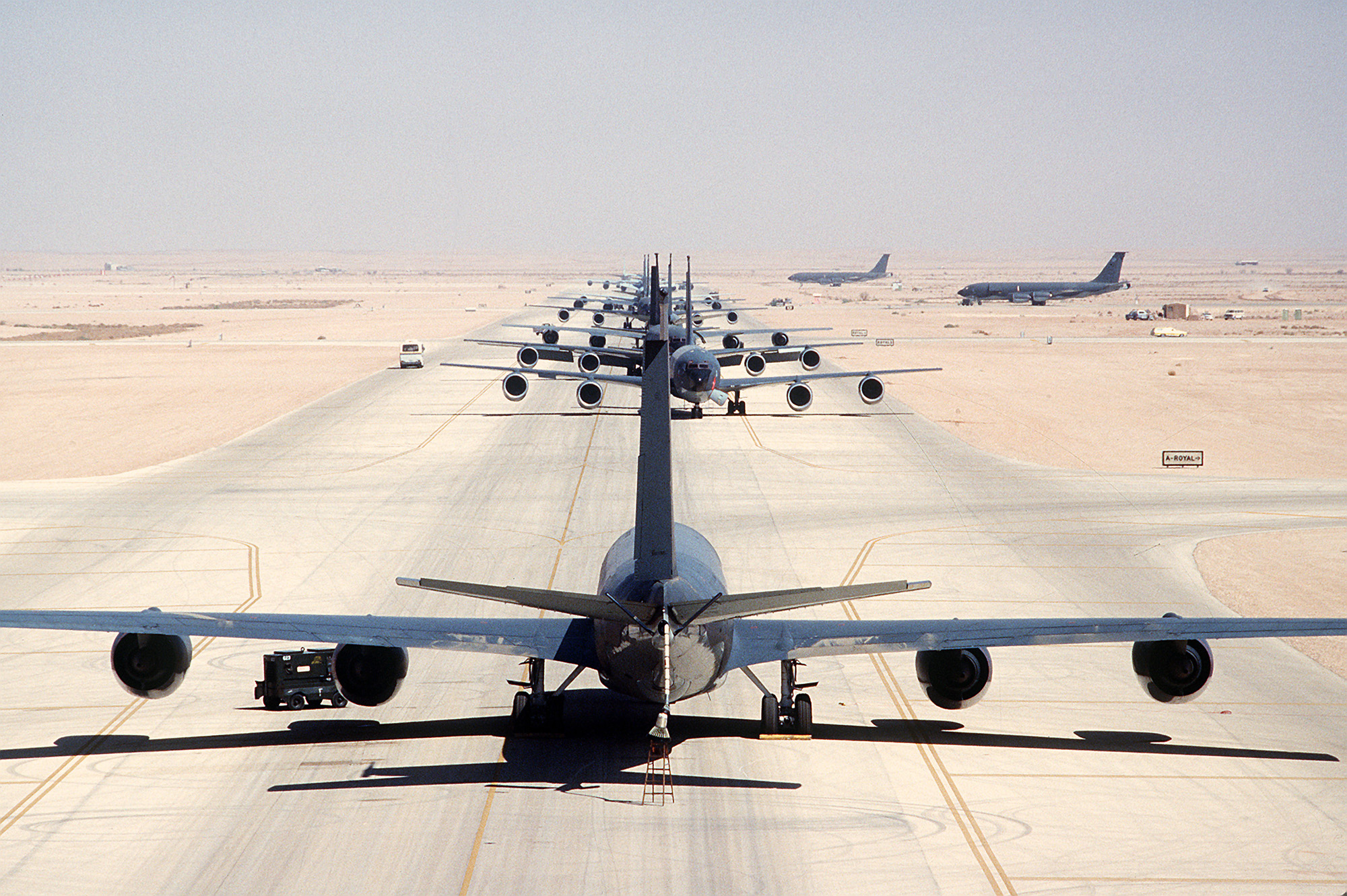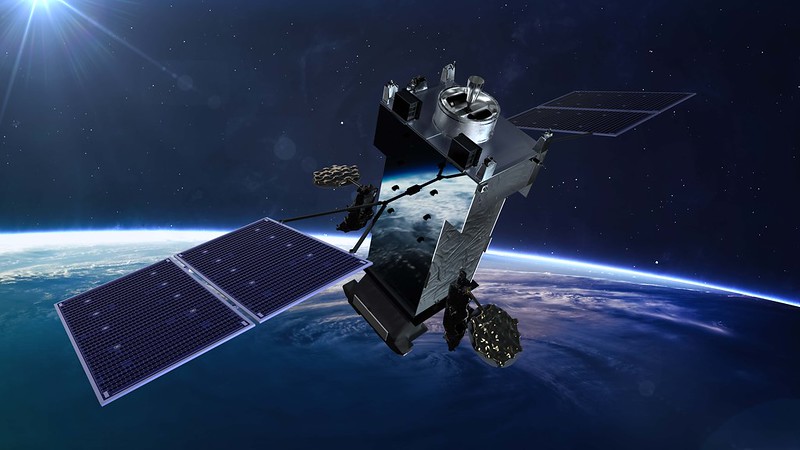The Air Force trimmed 120 airplanes from its fleet in fiscal 2021, gaining the most aircraft among its F-35 fighter squadrons and giving up the most from its B-1 bomber units, according to data provided by the Air Force. With puts and takes, the Air Force’s kinetic shooter fleet, not including special operations, stayed about the same, at 2,301 aircraft.
The F-35 fleet gained 61 aircraft in 2021, with the most—33 airplanes—filling out squadrons at Eielson Air Force Base, Alaska, in Pacific Air Forces, which now has 43 jets. Another 13 bolstered Air Education and Training Command’s training squadrons, giving it 115 in total. Air Combat Command picked up six F-35s, for a total of 122, and the Air National Guard gained nine, for a total of 20. Air Force Materiel Command has two for test. The Air Force had 302 F-35s as of Sep. 30., the end of the fiscal year. The F-35 fleet is now second only to the F-16 fleet in size.
Global Strike Command gave up the 17 B-1B aircraft the Air Force asked Congress to let it retire last year, leaving it with a force of 45 of the bombers, which remain distributed between Dyess Air Force Base, Texas, and Ellsworth Air Force Base, S.D. The other two bomber fleets—the B-2A and B-52H—remained at 20 and 76 airplanes, respectively. Eighteen B-52s are in the Air Force Reserve Command and two “belong” to Air Force Materiel Command, for testing, although former Air Force Global Strike Command chief Gen. Timothy M. Ray predicted as many as 12 may switch from AFGSC to AFMC to support testing of a variety of new weapons, particularly hypersonic missiles.
The F-22 fleet remained static at 185 aircraft, but eight airplanes apparently transferred from Air Combat Command to Pacific Air Forces.
While ACC gained two brand-new F-15EX aircraft, U.S. Air Forces in Europe and the Air National Guard each gave up an F-15C. Air Combat Command has just 23 F-15C/Ds, while the ANG has 136, PACAF owns 53 and USAFE 20, with AFMC having five for test, for a total of 237 F-15C/D.
The F-15E fleet of 218 aircraft are mostly in ACC, with 158; while USAFE has 55 and AFMC has five for test.
The F-16C/D fleet of 937 aircraft—down just one from 2020—is mostly in the Air National Guard, which has 332 of the jets. The next largest operator is ACC, with 168, followed by PACAF, with 135 and AETC, with 134. USAFE has 78 F-16C/D while AFMC, which uses them as chase planes as well as for test purposes, has 36.
The A-10C fleet, which the Air Force says it will not reduce further until around 2030, is at 281 aircraft; unchanged from 2020. The bulk of those, 115, are in ACC, while the ANG has 85, Air Force Reserve Command has 55, and PACAF has 24. The remaining two are with AFMC for test purposes.
The MQ-9 Reaper remotely piloted aircraft fleet increased by 33 airframes to 323. AETC gained 24 Reapers for training.
Air Combat Command gained one AT-6 light attack aircraft for development of tactics and partnership concepts with coalition nations.
